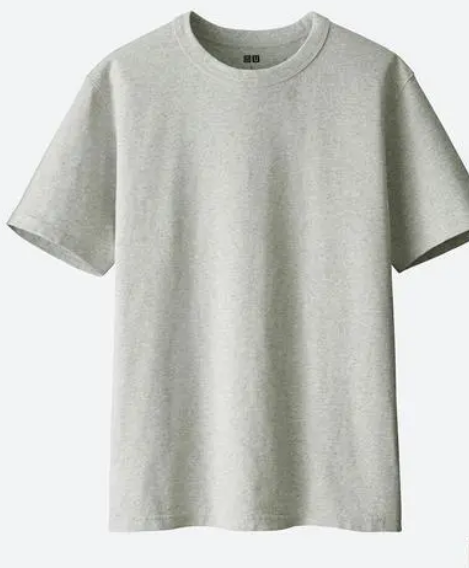The Clothing Craft Museum is an important place to display and preserve the historical origins of traditional clothing making craftsmanship. By walking into such a museum, we can gain an in-depth understanding of the evolution and development of ancient traditional clothing production techniques. Here are some revelations about the historical origins of traditional clothing making techniques for your reference.
First of all, traditional clothing production technology originated in the early stages of human civilization. In ancient society, clothing was not only a necessity for people’s daily life, but also a symbol of culture, social status, religion and ideology. Therefore, people pay great attention to the design, production and decoration of clothing.
In ancient clothing production technology, the most basic technologies include weaving and sewing. Weaving is the processing of fiber materials such as cotton, linen, and silk, and the rotation of spinning wheels to form threads or thread balls. Sewing uses needles and threads to make textiles into various garments. These basic technologies were gradually developed and improved in ancient times.
With the progress of society and the development of civilization, clothing production technology has begun to show a trend of diversification and specialization. For example, in ancient China, techniques such as brocade, embroidery, gold painting, and dyeing gradually took shape and were widely used in the court and aristocratic society. The clothing production techniques of different regions and ethnic groups also vary, forming traditional clothing cultures with unique characteristics.
In Europe, medieval clothing production techniques were influenced by Christian culture, and many unique decorative styles appeared, such as pointed shoes, embroidery, and silver accessories. wait. At the same time, due to the opening of the Silk Road, the influence of Eastern culture on Western clothing production technology has become increasingly apparent. For example, Chinese embroidery technology has become popular in Europe.
With the advent of the industrial revolution, clothing production technology has gradually transformed from manual production to mechanized production. The invention of steam power enabled large-scale mass production of spinning, weaving and sewing, speeding up the speed and efficiency of clothing production. However, this transformation also brought about some problems, such as poor working conditions for workers and environmental pollution, which triggered labor movements and industrial reforms.
With the advancement of science and technology, modern clothing production processes increasingly use advanced technologies and materials. For example, the application of CAD (computer-aided design) technology makes clothing design more accurate and efficient; the development of synthetic fibers makes clothing fabrics more diverse and comfortable.
However, despite the huge progress in modern clothing production technology, traditional craftsmanship still has important value in protecting and inheriting cultural heritage. Many museums are dedicated to collecting and displaying precious cultural relics and historical materials of ancient clothing production techniques so that people can have an in-depth understanding and study.
By walking into the Clothing Craft Museum, we can get a glimpse of the historical origins of traditional clothing making craftsmanship. From the earliest textile and sewing technologies, to decorative craftsmanship and innovative designs in various periods, to modern high-tech applications, these are important milestones in the development of clothing production technology. By understanding these historical origins, we can not only appreciate the beauty of ancient clothing, but also better understand the important position of clothing in social culture, and provide reference and inspiration for the development of contemporary clothing design and production technology.





